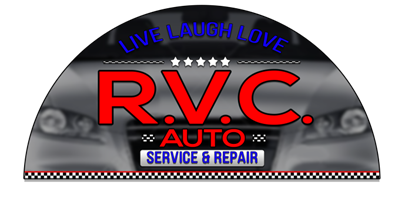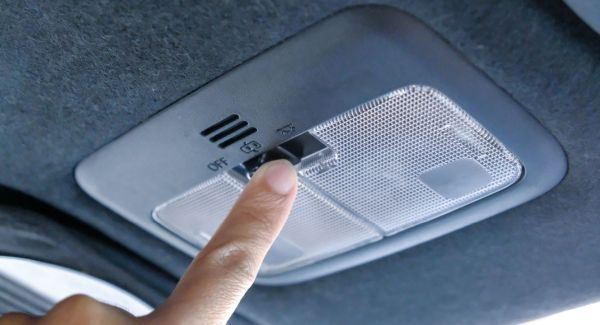At Rockville Centre Auto Repair Corp, we see all kinds of vehicles roll through our service bays every day. One thing they all have in common? They need the right battery to keep them running smoothly and reliably. As your trusted local auto repair experts, we want to share what we know about vehicle batteries so you can make informed choices when it’s time for a replacement.
Why Your Vehicle’s Battery Matters
Your car battery does more than just start your engine. It powers your electrical system, keeps your lights and accessories running, and ensures your vehicle performs the way you expect. That’s why choosing the right battery type is crucial for your vehicle’s performance and your peace of mind.
Different Vehicles, Different Battery Needs
Not every battery is the same, and what works for one vehicle may not be right for another. Here are some examples of how battery needs differ depending on the car, truck, or SUV you drive.
- Compact Cars and Sedans: Smaller vehicles like compact cars and sedans usually require a standard lead-acid battery. These batteries are reliable and affordable, providing enough cold-cranking amps (CCA) to start the engine even on chilly mornings. We often recommend maintenance-free batteries for everyday drivers who want dependable power without the hassle.
- SUVs and Crossovers: SUVs and crossovers typically have larger engines and more electrical features, such as heated seats and advanced infotainment systems. These vehicles typically benefit from higher-capacity batteries, like Absorbent Glass Mat (AGM) batteries, which handle heavier electrical loads and more frequent starts and stops.
- Pickup Trucks and Work Vehicles: Pickup trucks, especially those used for towing or carrying heavy loads, require a tough, high-output battery that can handle additional demands. We regularly see truck owners opt for heavy-duty batteries with higher reserve capacity. Diesel trucks, in particular, may even require dual batteries to supply enough power for larger engines and accessories.
- Luxury and Modern Vehicles: Modern vehicles with advanced safety and entertainment technology, start-stop systems, and hybrid features usually require AGM or even Enhanced Flooded Batteries (EFB). These batteries are designed to handle frequent engine restarts and power-hungry electronics, ensuring your vehicle’s performance doesn’t skip a beat.
How Our Shop Can Help
When you bring your vehicle to our shop for a battery check or replacement, our ASE-certified technicians make sure you get the best match for your vehicle’s specific needs. We check your battery’s age, charge, and condition, and help you choose from trusted brands that meet or exceed manufacturer recommendations.
Signs You Might Need a New Battery
If your car struggles to start, your lights dim, or you’ve noticed corrosion around the battery terminals, it might be time for a replacement. Routine battery checks are part of the preventative maintenance we provide to help you avoid unexpected breakdowns.
Visit our Shop in Rockville Centre, NY
No matter what you drive, our experts are here to help you select and install the right vehicle battery. Trust us to keep your car, truck, or SUV powered up and ready for the road ahead. Stop by or call today at (516) 231-6794 to schedule a battery inspection! Rockville Centre Auto Repair Corp


